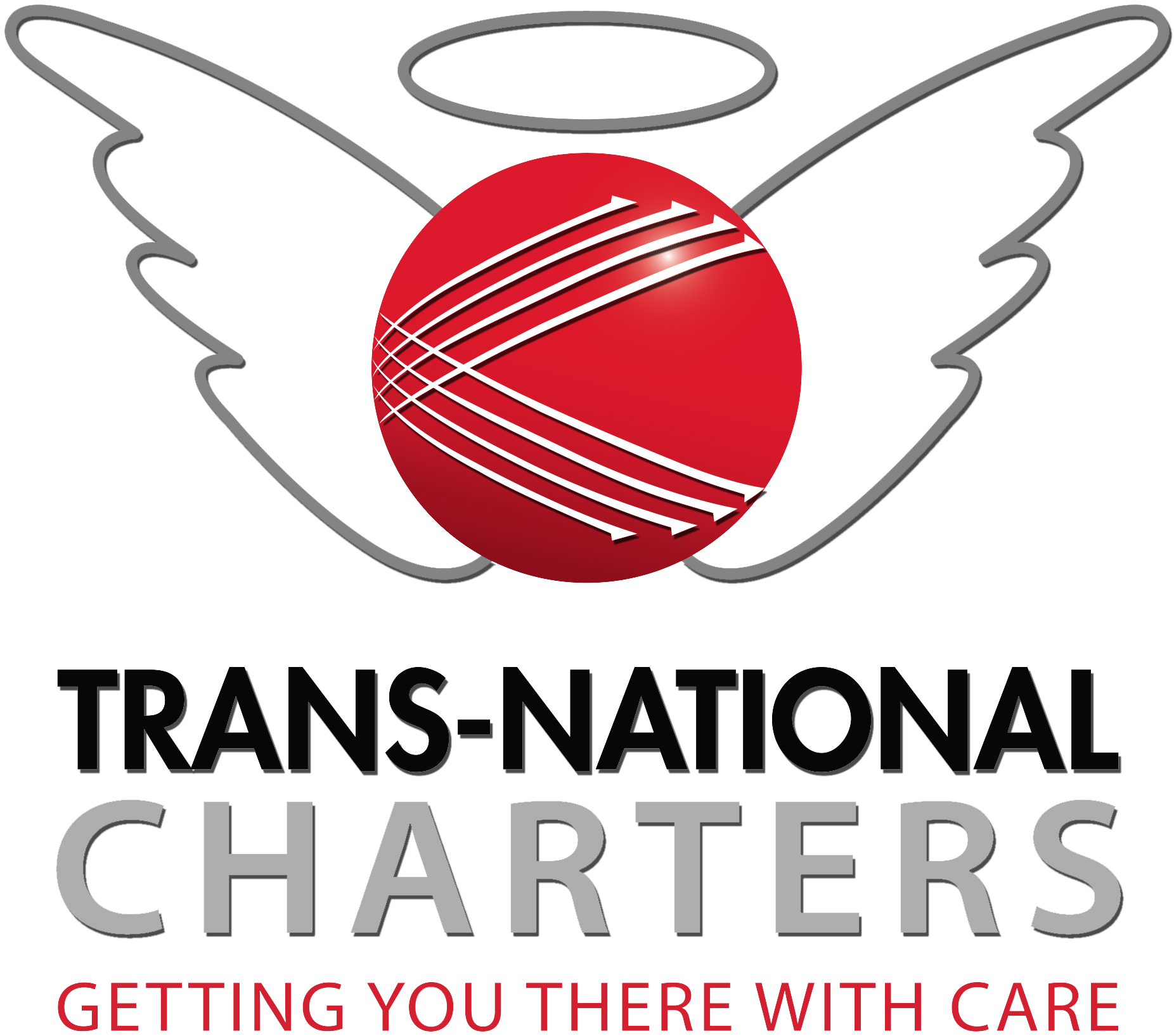
TransNational Charters, Corp.
2075 Tiger Creek Trail,
Lake Wales
FL 33898
(
813) 335-4095 Office
; (813) 354-3398 Facsimile